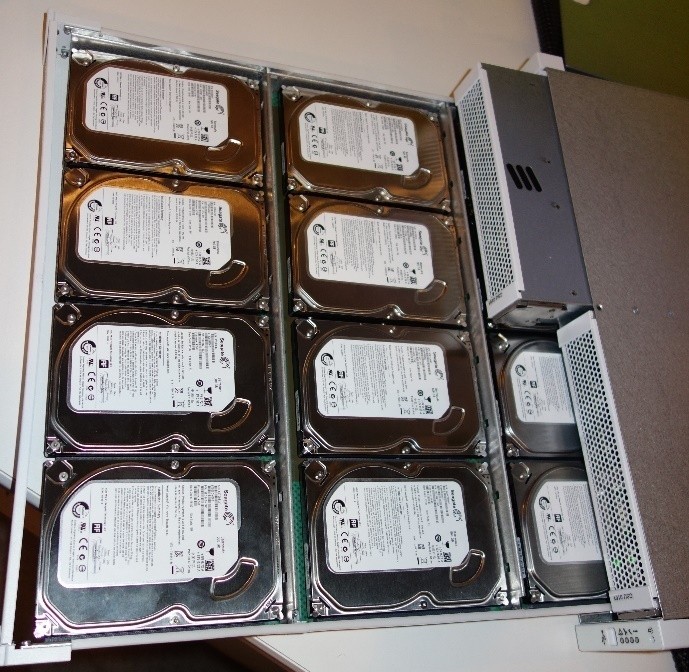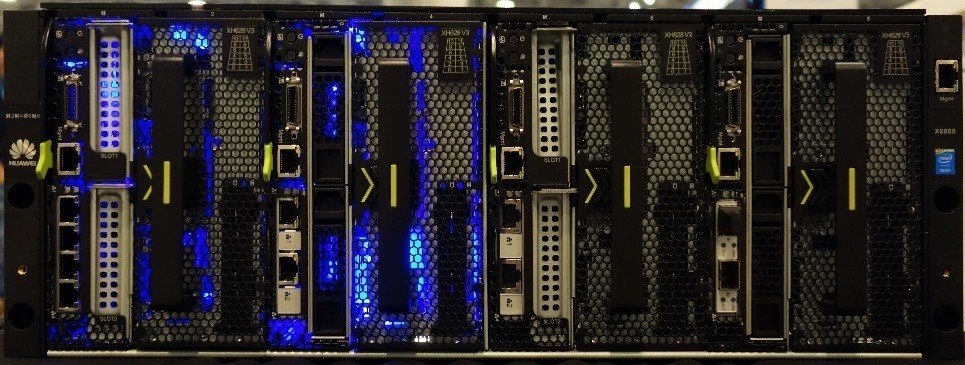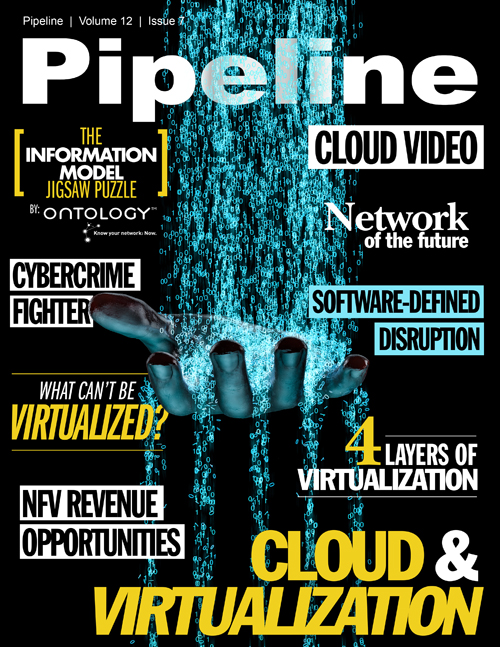Software-Defined Will Disrupt Your Datacenter
Software-Defined Data Center (SDDC) brings it all together. When you hear companies like Intel talk about Software-Defined Infrastructure (SDI), Rack Scale Architecture (RSA), “composable
infrastructure” and similar concepts, SDDC is what they are really talking about. SDDC architecture orchestrates the mapping of applications to compute, storage, and network resources across a
data center and on-demand, in real-time.

SDDC is why the data center vendor community is investing so heavily in the OpenStack cloud framework. OpenStack was designed from the ground up using SDx. OpenStack provides a framework to manage SDN, SDS, and SDC modules that interact through common application programming interfaces (APIs). Because OpenStack’s module APIs has been standardized, vendors can differentiate within a module without touching the rest of the OpenStack ecosystem.
Facebook Hyperscale SDN Switches [photo: TIRIAS Research]Disruption Though Sensors and Analytics
Logical separation of functional operation from supervisory control is the key architectural element that explains the pervasiveness of physically separated SDx from data centers to the Internet of Things (IoT).
 The performance observations in a data
stream are metadata describing the speed, accuracy, health and other attributes of a functioning system while it is in motion. This metadata is sensor based—either through physical sensors
measuring temperature, motion and shock, humidity, etc., or through virtual sensors that measure packet flows, time to execute a task, software faults, etc.
The performance observations in a data
stream are metadata describing the speed, accuracy, health and other attributes of a functioning system while it is in motion. This metadata is sensor based—either through physical sensors
measuring temperature, motion and shock, humidity, etc., or through virtual sensors that measure packet flows, time to execute a task, software faults, etc.
Control is not just about making sure a product is operating as its designers' originally intended and flagging an operator when needed. In a real-time feedback loop with data, control can:
preemptively
Ericsson SDS [photo: TIRIAS Research]
determine that parts are about to fail and need to be replaced, and then take components offline to do so; optimize performance of existing functions over time; load balance components as they are added to or removed from a system; and change some or all of the operating rules to modify or even completely change a product’s behavior—while it is operating in the field. It is this flexibility and adaptability that makes SDx disruptive.

Huawei SDC Server [photo: TIRIAS Research]
Separating control from data does introduce some feedback loop latency. For many workloads the definition of “real-time” is loose enough that the additional latency does not matter. For other workloads it may be important to collocate control and data, but the architectural split is still beneficial.



















